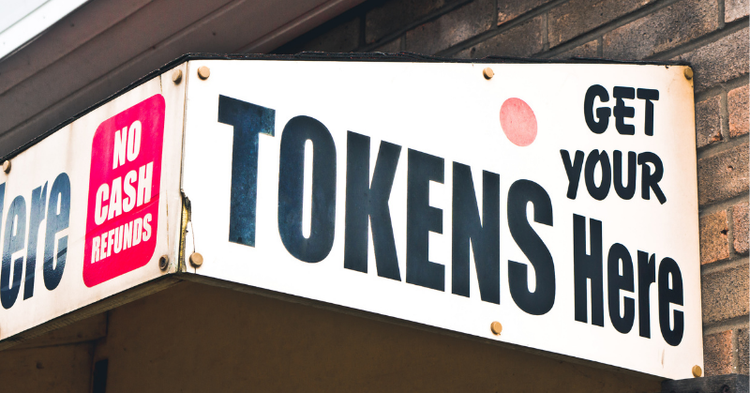The use cases of the blockchain are sweeping, they extend as far as the imagination can take us. Blockchain is much more than just the buying and selling of Bitcoin, although the non-crypto savvy may not yet be aware of it. Apart from DeFi, and NFTs, another groundbreaking development of the blockchain is the use of tokenization.
Tokenization, as its name suggests, is the ability to turn assets into a token. This represents ownership of anything from cases of wine, to farming land and the digitization of underlying assets like mortgages, stocks and even bonds.
Ordinarily, the purchase of these kinds of assets would require a face-to-face meeting (in the case of borrowing money) and a time consuming process where ownership is transferred to the buyer. However, when assets are digitized, the purchase and proceeding verification of ownership can take mere milliseconds. In order to take a mortgage or a loan, you never need to meet with another human being or sign a document ever again.
Taking Out the Humans From the Equation
One of the most powerful benefits of blockchain is that it removes the need for human involvement, as all transactions are conducted automatically, and then authenticated directly on the blockchain. As blockchain is made up of a huge network of decentralized nodes that run across the globe, no one can hack into it and make changes to the code, making it unimpeachable. Unlike with computer servers, there is no one single entry point.
Working in this way saves time as everything takes place seamlessly and automatically, and all data can be tracked while remaining visible to everyone, no matter where they are based. Tokenization breaks down global barriers and brings liquidity by opening up the geographical gateways. Every tokenized transaction that takes place has a sender, receiver signatures, timestamp and amount, with all of this data automatically saved as the transaction occurs.
Fractional Investing
Another benefit of tokenization is that you can invest in fractions. If you take the case of artwork. If you were to buy a painting which costs $10,000 and you only have $5,000, you just can’t own that piece of artwork. However, if that painting is tokenized then you can use your $5,000 to gain partial ownership, represented by your token. In fact, you can get as little as 0.0002 % of the ownership of that painting or asset.
On top of physical assets, tokens can also be used to represent trademarks, copyrights and even patented technologies or products. One project which focuses on the tokenization of assets is Centrifuge. This decentralized asset financing platform gives businesses the chance to tokenize their real world assets and then use them as collateral to gain access to financing without the need for banks or financial institutions. This takes place through Tinlake, Centrifuge’s asset-backed lending Dapp. Anyone can provide liquidity to this protocol and in return they get returns on their investment, as well as CFG rewards. CFG is the token that sits at the heart of the protocol.
Tokenization just makes sense, so much so in fact that many governments are looking into developing their own CBDC, central bank digital currencies. This kind of currency is in fact a token. The token-based economy is gaining traction fast and the use of tokenized assets are quickly gaining widespread acceptance.


